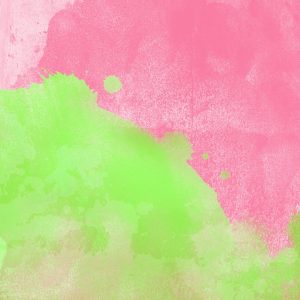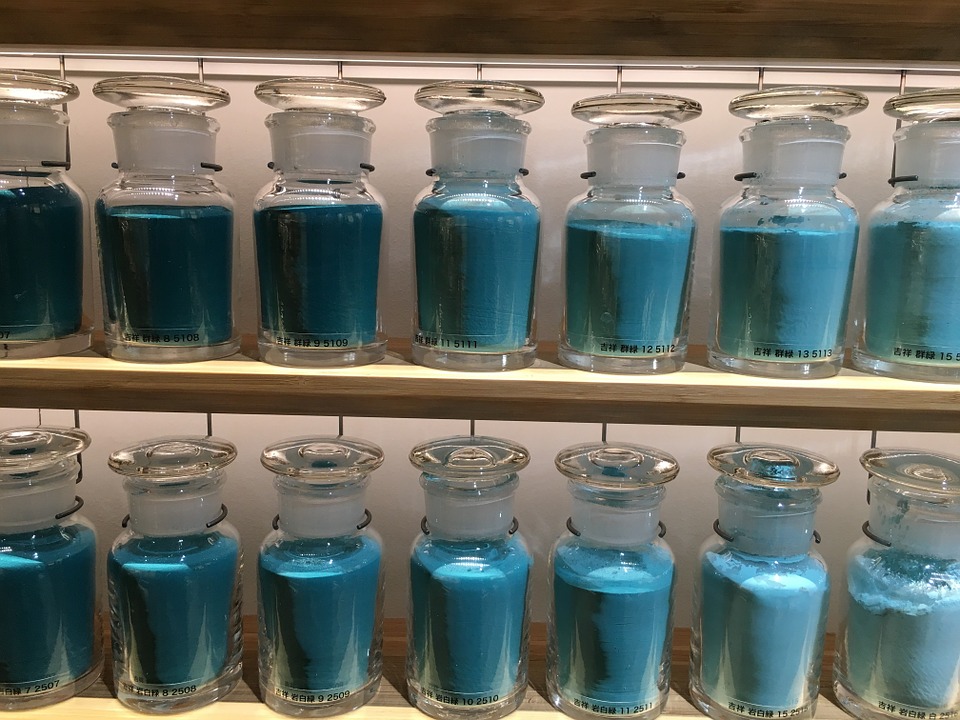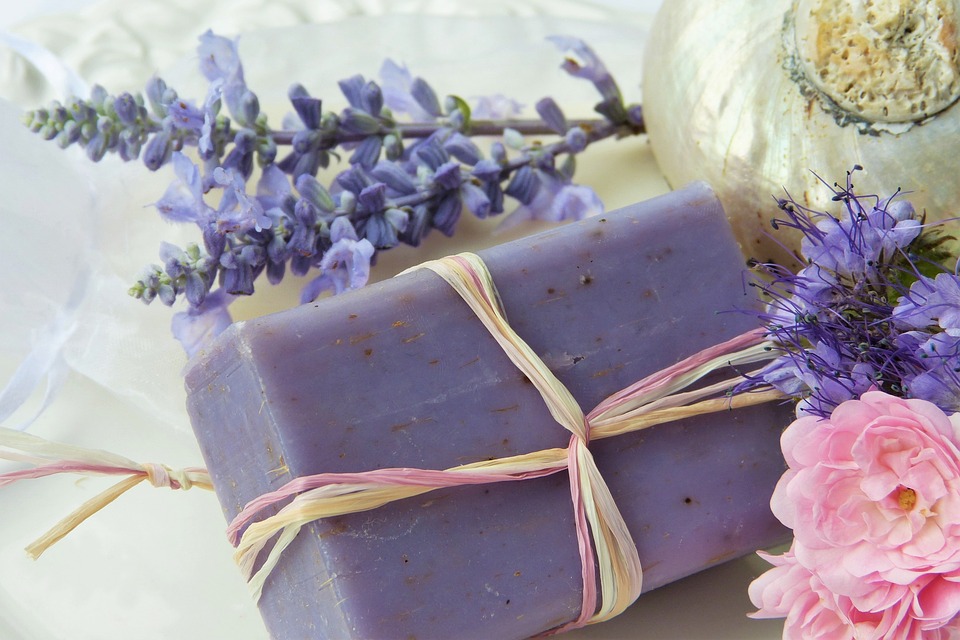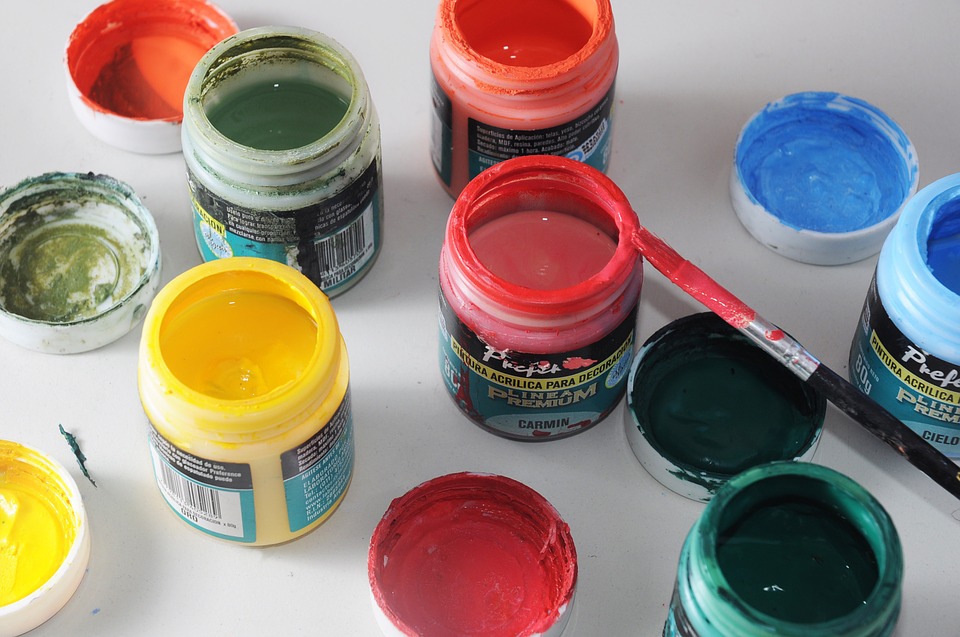
Solvent, dyes, and pigments; these words hold much significance in the world of colors and painting. It is usually assumed that solvents and pigments are same. Not truly! Since solvents fall under the category of dyes, so they can be used interchangeably; yet there is a difference between both solvents and pigments.
Let’s differentiate between each of them in detail;
What is Solvent or a Solvent dye?
A solvent dye is a paint which is soluble in organic solvents. They are used for coloring hydrocarbon fuels, lubricants, organic solvents, waxes, plastics, and nonpolar materials based on hydrocarbon.
They have nonpolar or slightly polar molecules and don’t go through the process of ionization. They have poor to good lightfastness. These colorants are not soluble in water. The colorants are divided into three major categories. They are;
- Basic Dyes
- Fat-soluble dyes
- Metal complex dyes
Basic Dyes: The basic dyes are cationic and are soluble in solvents like water, glycol, and alcohol. They are generally utilized as a part of the printing ink industry, with operators like tannic corrosive to fabricate brilliant and clean shades.
Nonetheless, their handiness ends up plainly constrained because of poor lightfastness.
Fat Soluble Dyes: The fat-soluble dyes are less soluble in polar solvents like aliphatic hydrocarbons and aromatic. It incorporates metal-free azo, nonionic colors, and anthraquinonoid.
These are Azo color items which are utilized for shading styrene polymers, while anthraquinonoid colors are utilized broadly to color filaments and plastic.
Metal-Complex Dyes: The Meta complex dyes are sapphire and anionic chromium complex of azo dyes. The category of this group further includes substituted soluble phthalocyanines. They are soluble in alcohol, esters, ketones, and glycol ethers.
What are Pigments?
A pigment is a material that changes the hue of transmitted or reflected light as the result of wavelength-selective absorption. This physical process differs from fluorescence, phosphorescence, and other forms of luminescence elements in which a material emits light.
The pigments are maybe organic (containing carbon) or inorganic. The majority of inorganic compounds are brighter and last longer than organic ones such as pigment orange 13. The organic pigments made from natural sources have been used for centuries, but most pigments used today are either inorganic or synthetic organic ones.
The pigments have multiple types such as pigment yellow 191. Both are used for multiple works.
Pigments are not soluble in the medium in which they have to be incorporated, while on the other hand, during their application dyes dissolve, which makes them lose their particulate or crystalline structure, during the process.
To Conclude
Both solvent (Dyes) and pigments are those substances which impart color to a material. However, the major difference between dyes and pigments is their particle size. Dyes are much greater than pigments. In this aspect, colors are not UV stable though pigments are normally UV stable.
Solvents, also known as colorants in which the shading matter is broken up in a fluid, are consumed by the material to which they are connected. While shades comprise of amazingly fine particles of ground shading matter suspended in a fluid which shapes a paint film that really bonds to the surface it is connected to.




